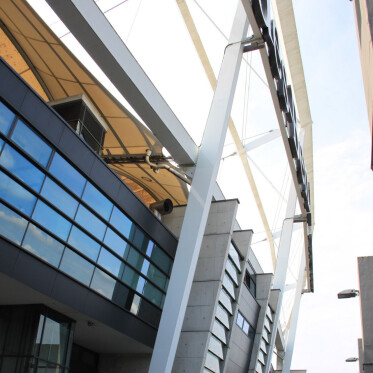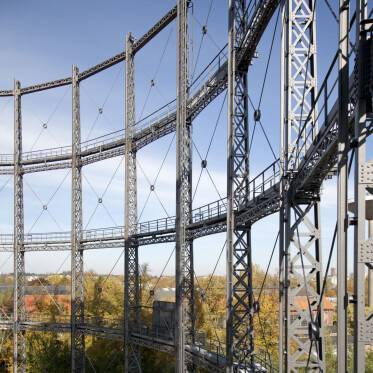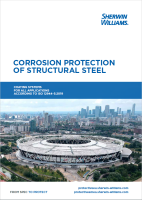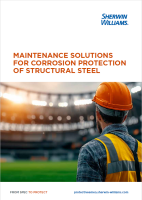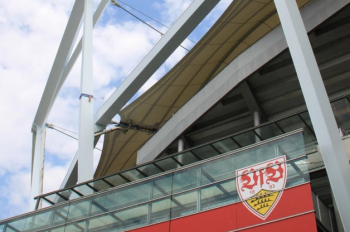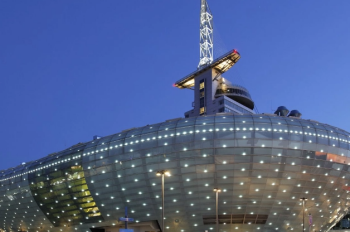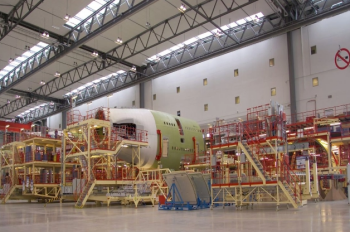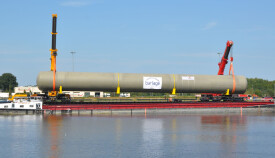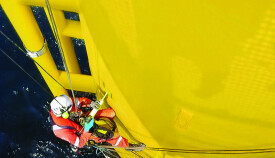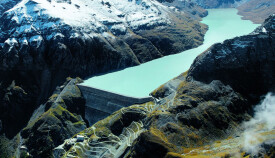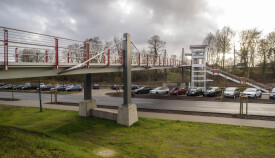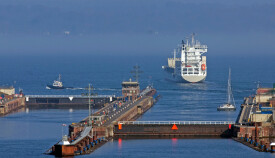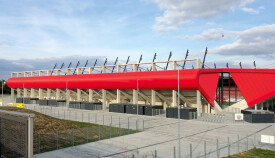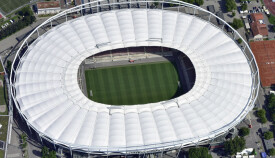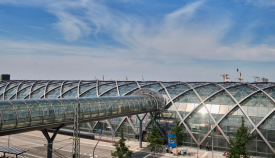High Standards - Coatings for Corrosion Protection
Steel is the most popular building material when high strength is required on relatively thin structures in building construction. Modern sports facilities, residential and administrative buildings, industrial buildings, shopping centres or cultural and event buildings would be unthinkable today without the use of steel structures. But without durable and functional corrosion protection, many steel structures look “pretty old” after only a few years. But it’s not just the appearance that deteriorates; the strength of the structure can also start to suffer. In the worst case, all that remains is the choice between decommissioning or complete refurbishment.
With our coating systems, you can focus on value, durability and aesthetics right from the start.

